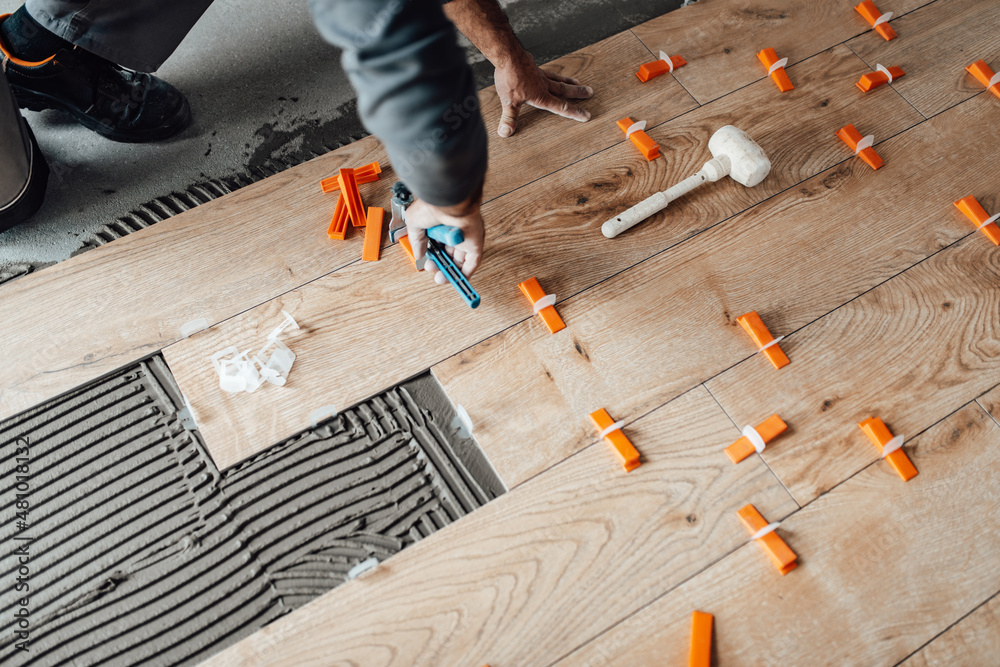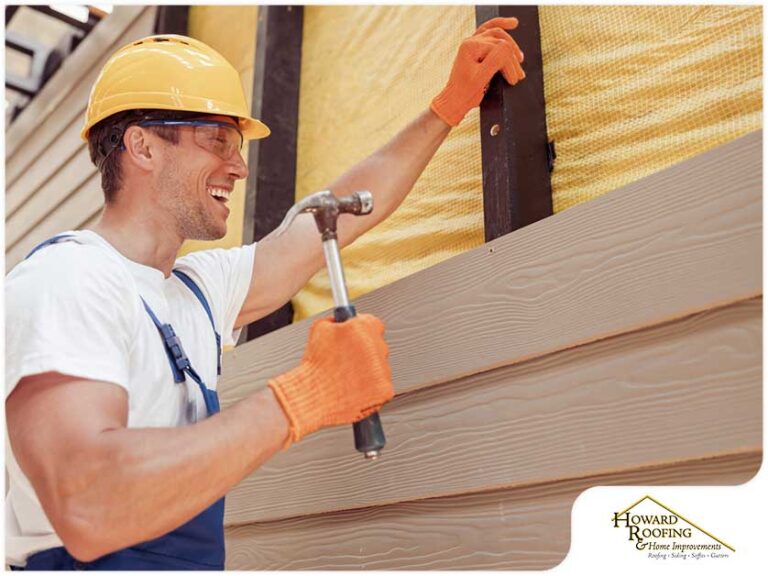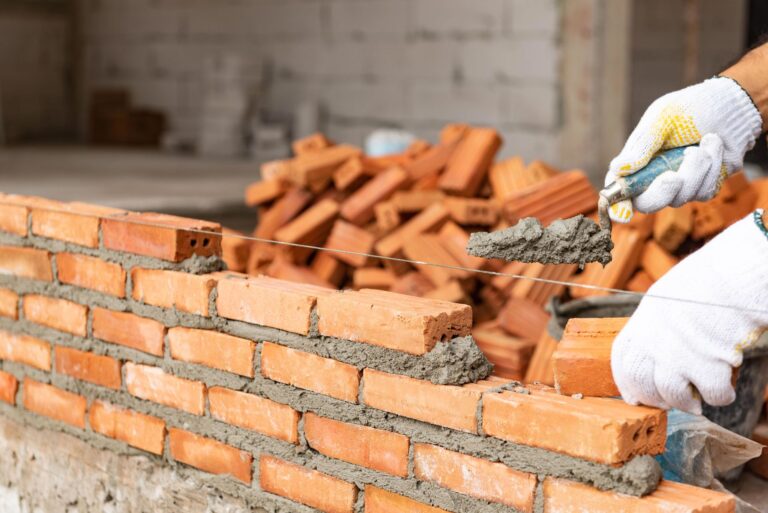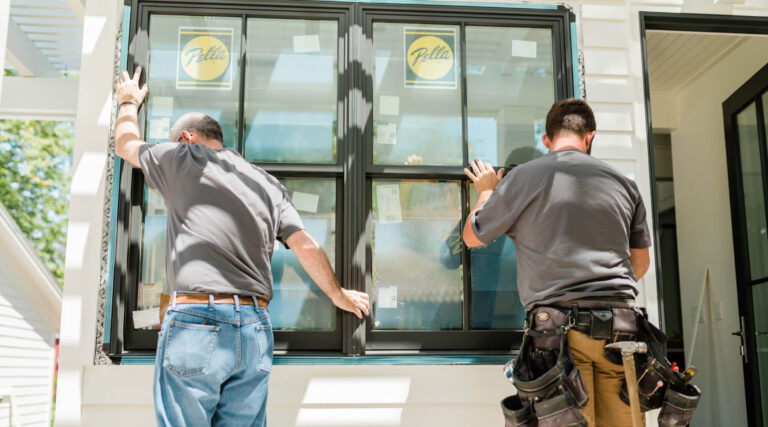7 Best Software Tools for Tile Setters
Essential Tiling Tools for Quality Installation
Selecting the right tools is crucial for achieving a precise and durable tile installation. Each tool serves a specific purpose and contributes to the ease and efficiency of the installation process.
Tile Saws and Cutting Tools
Tile Saws:
- For precise cuts and versatility in tile installation, a wet tile saw is indispensable. It employs a water-cooled diamond blade which allows for both straight and intricate cuts with reduced dust and increased cutting speed.
- A manual tile cutter is a more economical option for smaller projects. It’s designed to score and snap the tile, conducive for straight cuts, and is highly portable.
Cutting Tools:
- Diamond drill bits are necessary for drilling clean holes in tiles, particularly for fixtures and plumbing. Their design reduces the chance of cracking the tile.
- Additional cutting tools include tile nippers, which are essential for making irregular cuts or small adjustments.
Trowels and Spacers
Trowels:
- Selecting the correct trowel size is key, as it determines the amount of adhesive applied. A trowel with notches helps in achieving a uniform spread of adhesive which is critical for a level tile installation.
Spacers:
- Tile spacers ensure consistent spacing between tiles, contributing to a symmetrical layout and allowing for even application of grout.
- They come in various sizes to create the desired grout lines and play a vital role in the aesthetic and structural integrity of the tile work.
By employing these essential tiling tools, one can ensure a consistent, high-quality finish for any tile installation project.
Surface Preparation and Leveling
Prior to laying tiles, it is crucial to prepare a flat and level surface to prevent uneven floors or walls. Proper preparation ensures a long-lasting finish and prevents issues like tile lippage.
Levels and Measuring Equipment
Levels are indispensable for creating an even surface on both floors and walls. A 6-to-12-inch torpedo level is recommended for most tile work. For larger scale projects, a 3-to-4-foot level ensures the substrates are even, particularly when working with materials such as granite or concrete.
- Torpedo level: Ideal for small areas.
- Longer levels: Necessary for overall room preparation.
Moreover, precise measurements are critical for effective tile setting. One must assure that the level is of good quality, easy to clean, and resilient to worksite abuse.
Mixers and Adhesives
Choosing the right mixer for tile mortar is essential for achieving the correct mortar consistency, which is key to a level tile installation. Equipment quality can impact the uniformity of the adhesive, thus affecting the final appearance and structural integrity.
- Handheld mixers: Suitable for small to medium jobs.
- Drum mixers: Better for larger, commercial projects.
Appropriate selection and usage of adhesives greatly influence the outcome. The grout should provide a robust bond and compensate for minor irregularities in the substrate. Avoiding overwatering the mix is paramount as it can lead to weak grout lines and potential tile movement.
Advanced Tools for Tile Setters
In the realm of tile setting, precision and efficiency are paramount. Advanced tools such as specialized drills and drill bits, along with tile leveling systems, play a crucial role in achieving a professionally finished project.
Drills and Drill Bits
A tile setter’s arsenal should include a high-quality drill. A robust drill facilitates various tasks, including mixing materials and drilling through hard surfaces. For example, a powerful Dewalt drill pairs well with a drill bit kit, providing the necessary torque and precision for intricate work on materials like porcelain or granite. The kit should contain an assortment of bits designed for different tile materials, ensuring clean cuts and minimal breakage.
Tile Leveling Systems
For a flawless surface, tile setters rely on tile leveling systems. These systems prevent tiles from shifting and ensure an even level across the entire floor or wall. A professional tile saw is also indispensable for making precise cuts, especially for custom shapes and edges. When used in conjunction with a rubber bucket, which is essential for mixing grout and mortar, the tile leveling system aids in maintaining the high standards expected in tile installation.
Materials and Safety Equipment
With the right combination of safety equipment and supporting materials, tile setters can carry out their work both efficiently and safely. These materials are as essential as the tools used for cutting and laying tiles.
Protective Gear
Tile setters must prioritize safety with protective gear to prevent injury during tile installation. One essential item is knee pads; they should be cushioned with rubber for comfort and durability. Safety glasses are crucial as they safeguard the eyes from flying debris when cutting materials like glass, ceramic, and porcelain.
- Knee Pads: Should be ergonomic and rubber-cushioned.
- Safety Glasses: Must be impact-resistant and provide clear visibility.
Supporting Materials
The right supporting materials give tile setters an edge in handling various tiles. Lightweight yet strong backing boards create a solid foundation for tiles. Setting materials should be compatible with the specific tile material, whether it’s glass, ceramic, or porcelain.
- Backing Boards: Choose a lightweight option that doesn’t compromise on strength.
- Setting Materials: Must include adhesives and grouts suitable for different types of tiles.
Specialized Equipment for Large Format Tiling
Handling and laying large format tiles poses unique challenges due to their size and weight. Proper tools are essential for efficient and accurate installation, as they help prevent breakage and ensure a professional finish.
Large Format Cutting Tools
DC-250 Tile Saw: The DC-250 Tile Saw stands out for its power and precision, catering to cutting large format tiles. This robust wet tile saw can handle various materials, making swift and clean cuts necessary for a seamless look.
Manual Tile Cutters: When it comes to straight, quick cuts, a sturdy manual tile cutter is remarkable for its efficiency. Given that large format tiles require a special approach, a cutter with an extended cutting table becomes an invaluable asset.
Handling and Installation Aids
Notched Trowel and Grout Float: Applying adhesive for a solid bond requires a specific-sized notched trowel, which must correspond to the tile’s dimensions. After setting the tiles, a grout float is employed to evenly distribute grout into the joints, a critical step for both appearance and durability.
Suction Cup Tool: Large tiles demand careful handling to avoid damage. Specialized suction cup tools aid in lifting, carrying, and positioning these cumbersome pieces safely.
Handling Frames: These frames provide support to large format tiles during installation. They help maintain tile integrity, prevent breakage during transit and placement, and are adjustable to various sizes.
Through these specialized equipments, tile setters can ensure that each large format tile is installed with precision and care, resulting in a flawless finish on every project.
Frequently Asked Questions
Tile setters require reliable software tools to enhance their precision and efficiency. This section addresses common inquiries regarding the best software tools in the industry.
What are the essential tools needed for professional tile setting?
Professional tile setting necessitates tools that can manage design layouts, measurements, and project management. Software such as layout design tools and project estimation calculators are crucial.
What is the most reliable tile cutter for precision cutting?
For precision cutting, a small tile saw like the Dewalt DWC860W is recommended due to its powerful 10.8 amp motor which can cut through tough materials such as granite and porcelain.
Which tiling tools are considered must-haves for a tile setter’s toolbox?
Essential tools in a tile setter’s toolbox include manual tile cutters for versatility and simplicity, as well as software for accurate tile layout planning and efficient cost calculation.
What are the top recommendations for durable and efficient tile setting equipment?
Tile setters should seek out durable tools like robust tile saws and cutting guides. In addition, software that assists in precise tile layout and material estimation is highly recommended.
How do professionals choose the best tile cutting tools for porcelain tiles?
Professionals often select tools like the manual tile cutter for its speed and convenience, especially for cutting porcelain tiles which require precision and a steady hand to prevent cracking.
What comprises a complete tiling tools kit for beginners and experts alike?
A complete tiling tool kit includes manual and electric cutters for various material types, layout and design software, and project management applications that aid in all stages of tile installation.






